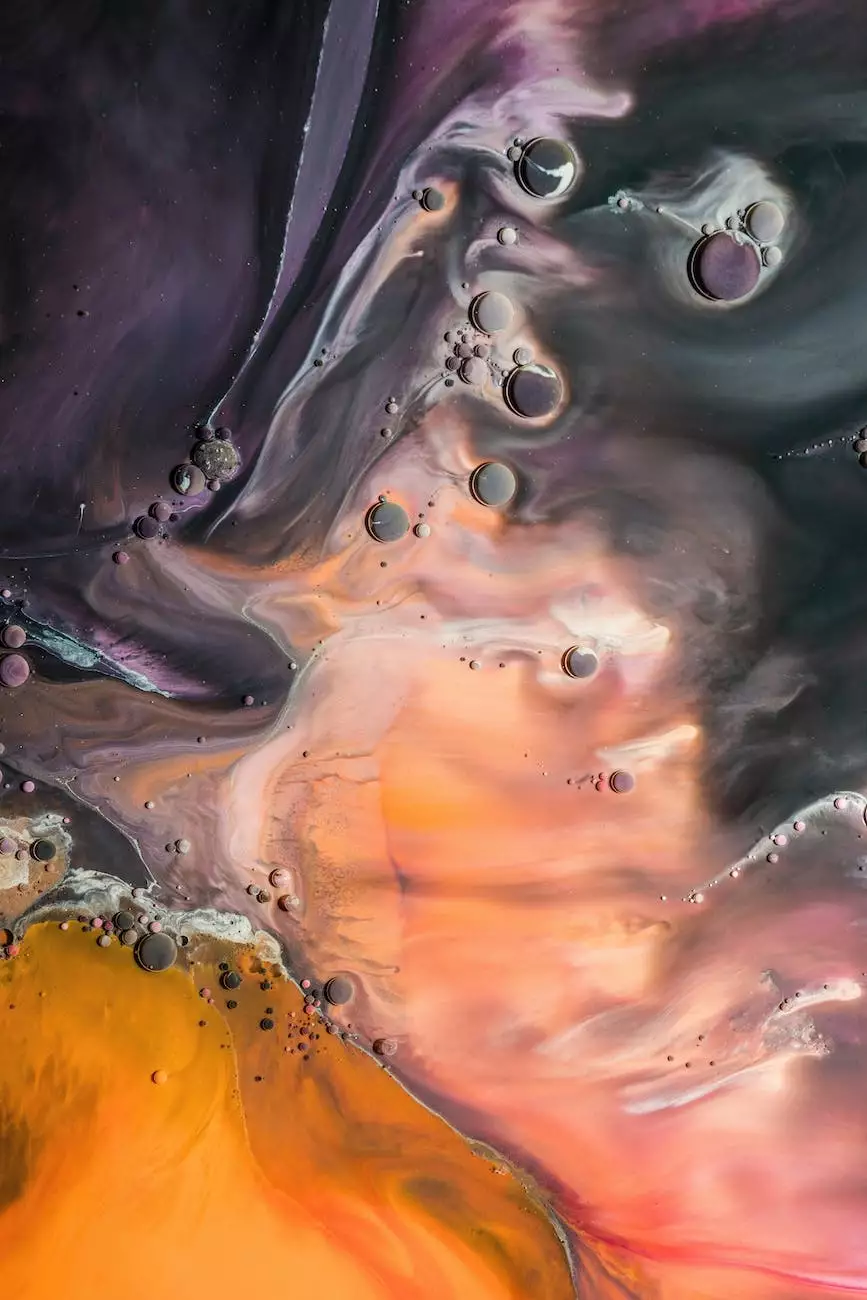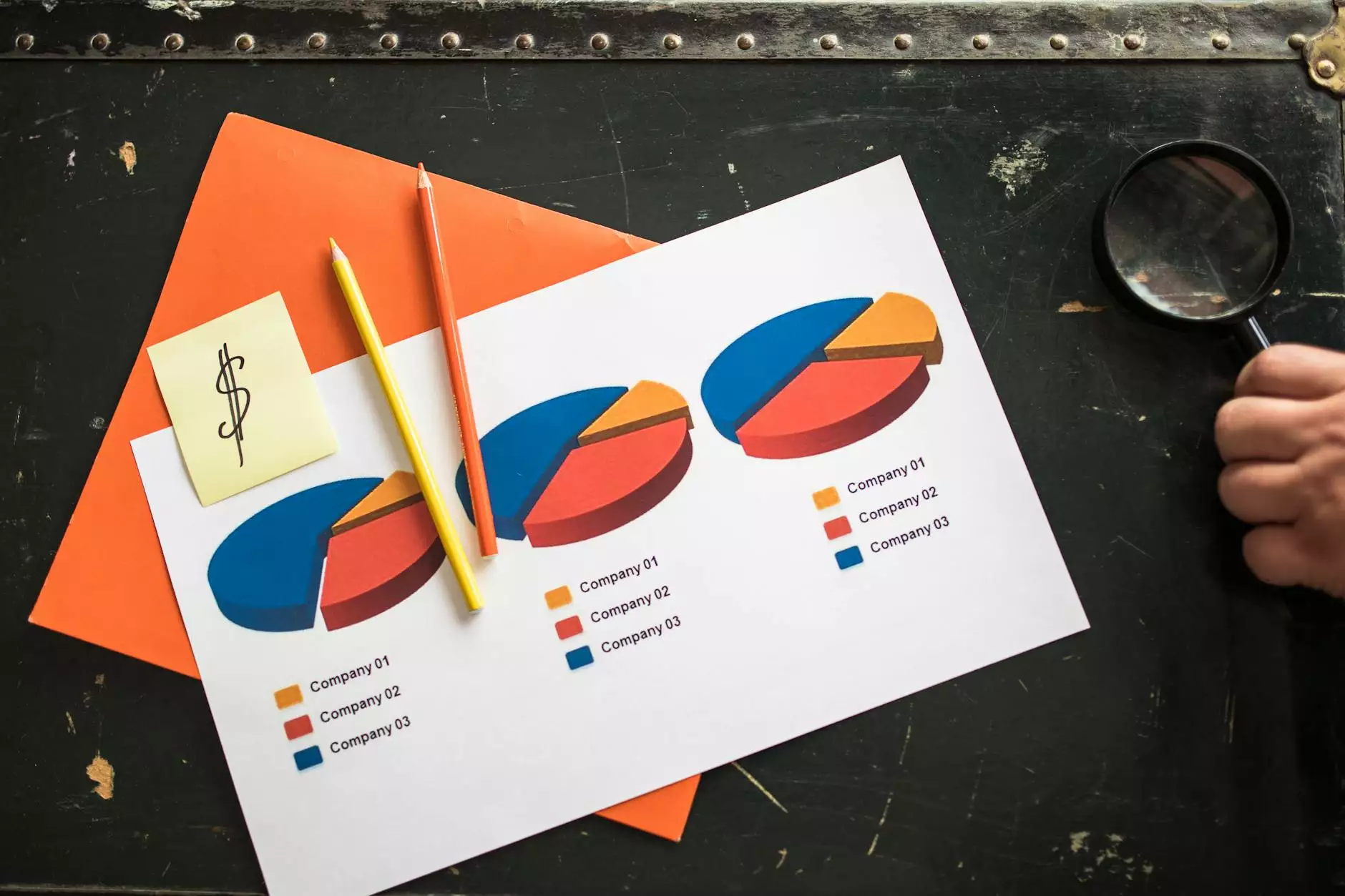The COVID-19 Pandemic's Effects on Arts and Culture
Blog
Introduction
The COVID-19 pandemic has had an unprecedented impact on arts and culture activities around the world. From disrupted performances to closed venues, the industry has faced immense challenges. In this article, Anderson Efficiency Specialist explores the profound effects of the pandemic on arts and culture and emphasizes the significance of supporting the industry during these trying times.
Challenges Faced by the Arts and Culture Industry
The arts and culture sector, encompassing various art forms such as music, theater, dance, and visual arts, has been severely affected by the pandemic. The restrictions on social gatherings and temporary closures of cultural institutions have resulted in canceled events, festivals, and exhibitions, leading to significant financial losses for artists, performers, and organizations.
Artists and performers heavily rely on live audiences, ticket sales, and sponsorship deals to sustain their livelihoods. With venues closed and performances suspended, many artists have struggled to make ends meet, forcing them to find alternative sources of income or even consider leaving their professions temporarily.
Furthermore, the reduced funding from sponsors and organizations has limited the resources available to produce new artistic works. The lack of financial backing has hindered the development of projects, films, and exhibitions, diminishing the cultural output during this time.
Innovative Solutions and Adaptations
Despite the challenges, the arts and culture sector has displayed remarkable resilience by adapting to the new normal. Artists, organizations, and cultural institutions have explored innovative solutions to connect with audiences and continue their creative practices.
One significant development has been the rise of virtual performances and events. Artists have embraced live streaming platforms to deliver their performances directly to audiences' homes. This shift to the digital realm has not only allowed artists to reach a wider audience but also provided viewers with the opportunity to enjoy cultural experiences from the comfort of their own spaces.
Virtual exhibitions and online galleries have also emerged as ways to showcase visual arts. This virtual presence has enabled artists and curators to share their works globally, overcoming geographical limitations and reaching art enthusiasts worldwide.
Moreover, the use of technology and digital tools has facilitated collaborations and workshops, enabling artists to connect, create, and learn together remotely. Online art classes, dance tutorials, and theater workshops have provided platforms for artists to share their skills and knowledge.
Impact on Cultural Identity and Societal Well-being
The absence of cultural events and activities during the pandemic has not only affected the arts industry economically but has also impacted the well-being of individuals and communities. Arts and culture play a crucial role in shaping cultural identity, fostering social cohesion, and promoting mental health.
Cultural events act as platforms for communities to come together, celebrating their shared heritage and values. The cancellation of festivals, local celebrations, and community gatherings has created a void, leaving individuals yearning for the sense of belonging and togetherness that these events often provide.
Additionally, arts and culture have proven to be essential in supporting mental well-being by providing avenues for expression, creativity, and emotional release. The inability to engage with live performances, visit museums, or attend art classes has deprived individuals of these therapeutic experiences, exacerbating feelings of isolation and stress.
The Importance of Supporting the Arts
As we navigate the challenges posed by the COVID-19 pandemic, it is crucial to recognize and support the arts and culture sector. The industry not only enriches our lives but also contributes significantly to the economy, tourism, and overall well-being of societies.
Supporting the arts can be done in various ways. Individuals can consider purchasing artwork, attending virtual performances, or donating to cultural institutions and artist relief funds. Governments and organizations can prioritize funding and offer financial assistance to artists, performers, and cultural institutions to ensure their survival and vitality.
By actively supporting the arts, we can help preserve cultural heritage, maintain creative diversity, and safeguard the well-being of artists and cultural practitioners. Together, we can navigate through these challenging times and emerge with a more resilient and inclusive arts and culture landscape.
Conclusion
The COVID-19 pandemic has brought significant disruptions to the arts and culture industry, but it has also sparked creativity and resilience within the sector. Anderson Efficiency Specialist acknowledges the challenges faced by artists, performers, and cultural institutions and emphasizes the importance of supporting the arts during these uncertain times. By embracing innovative solutions, fostering connection, and providing financial assistance, we can help ensure the survival and vibrancy of arts and culture for generations to come.




